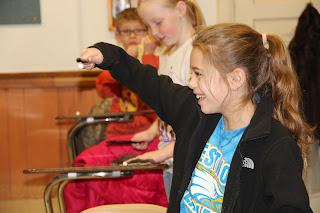Wolfgang Ketterle holds the record for creating the coldest temperature on Earth...
Ketterle's achievement came out of his pursuit of an entirely new form of matter called a Bose-Einstein condensate (BEC). The condensates are not standard gases, liquids or even solids. They form when a cloud of atoms—sometimes millions or more—all enter the same quantum state and behave as one. Albert Einstein and the Indian physicist Satyendra Bose predicted in 1925 that scientists could generate such matter by subjecting atoms to temperatures approaching absolute zero. Seventy years later, Ketterle, working at M.I.T., and almost simultaneously, Carl Wieman, working at the University of Colorado at Boulder, and Eric Cornell of the National Institute of Standards and Technology in Boulder created the first Bose-Einstein condensates. The three promptly won a Nobel Prize. Ketterle's team is using BECs to study basic properties of matter, such as compressibility, and better understand weird low-temperature phenomena such as superfluidity. Ultimately, Ketterle, like many physicists, hopes to discover new forms of matter that could act as superconductors at room temperature, which would revolutionize how humans use energy. For most Nobel Prize winners, the honor caps a long career. But for Ketterle, who was 44 years old when he was awarded his, the creation of BECs opened a new field that he and his colleagues will be exploring for decades.
Read more: http://www.smithsonianmag.com/science-nature/phenom-200801.html#ixzz2jtDoMJzn








































